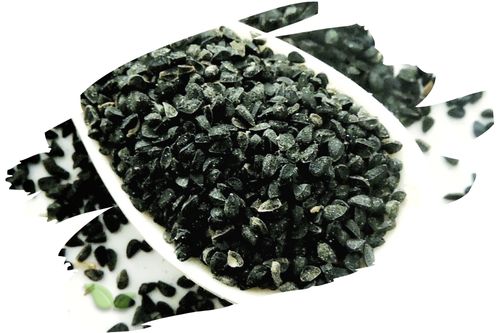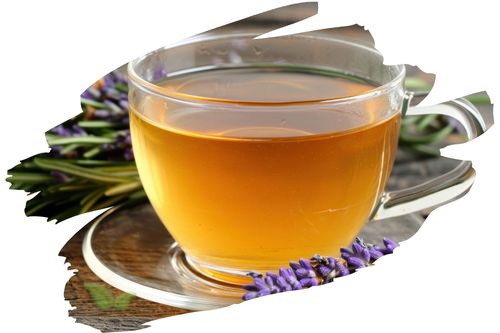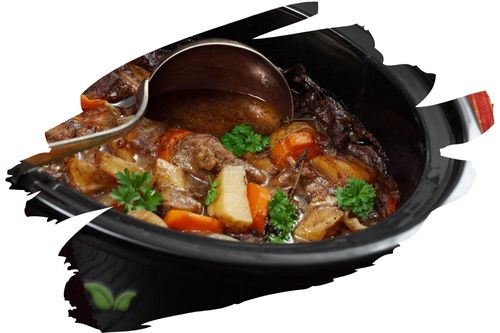
Introduction
Spices have been prized for centuries for their ability to transform ordinary dishes into extraordinary delights. The use of spices varies from region to region, each contributing its unique essence to local cuisines. From the exotic spices of Asia to the fiery blends of Africa and the aromatic herbs of Europe, the world is a treasure trove of flavors waiting to be explored. In this article, we will take you on a spice-filled journey across continents, where you can savor the diverse tastes and culinary wonders that spices bring to each corner of the globe.
Asia: A Symphony of Exotic Spices
1. Turmeric - India's Golden Spice
Known as the "Golden Spice," turmeric is a staple in Indian cuisine. Its warm, earthy flavor and vibrant color are often found in curries, rice dishes, and even beverages like turmeric milk.
2. Cinnamon - The Sweet Aroma of Asia
Cinnamon, with its sweet and woody aroma, is commonly used in both sweet and savory dishes in Asian cuisine. From desserts to stews, cinnamon adds a touch of warmth and depth.
3. Star Anise - A Star in Chinese Cooking
Star anise is a key ingredient in Chinese five-spice powder. Its distinct licorice-like flavor enhances soups, broths, and braised dishes in Chinese culinary traditions.
4. Saffron - The World's Most Expensive Spice
Prized for its rich golden hue and delicate flavor, saffron is often used in Middle Eastern and South Asian cuisines. It infuses dishes with a subtle floral note and is a must-have in paella.
Africa: Fiery Flavors and Bold Blends
1. Berbere - Ethiopia's Signature Spice
Berbere is a fiery spice blend commonly used in Ethiopian cuisine. It packs a punch with a mix of chili peppers, garlic, ginger, and various aromatic herbs.
2. Harissa - The Heat of North Africa
Harissa is a hot chili paste that hails from North Africa, particularly Tunisia. It adds fiery flavor to couscous, stews, and grilled meats.
3. Ras El Hanout - Morocco's Best Blend
Ras el hanout is a complex spice mix from Morocco, typically containing more than 20 ingredients. It brings depth and richness to tagines and rice dishes.
4. Peri-Peri - Spicy Delight from Southern Africa
Peri-peri, or African bird's eye chili, is a small but mighty pepper used to create the famous peri-peri sauce. It adds a fiery kick to grilled chicken and seafood.
Europe: A Symphony of Aromatic Herbs
1. Basil - The Essence of Italian Cuisine
Basil is a quintessential herb in Italian cooking, known for its sweet and peppery flavor. It's a key ingredient in pesto and pairs wonderfully with tomatoes and mozzarella.
2. Oregano - Mediterranean Flavor Booster
Oregano is a staple herb in Mediterranean cuisine. Its robust flavor complements dishes like pizza, pasta, and roasted vegetables.
3. Thyme - French Elegance
Thyme's subtle and earthy taste is a common addition to French cuisine. It enhances the flavor of soups, stews, and roasted meats.
4. Dill - Scandinavian Delight
Dill is a popular herb in Scandinavian cuisine, known for its fresh and slightly tangy taste. It pairs perfectly with fish and pickled dishes.
South America: Zesty and Vibrant Spices
1. Paprika - The Colorful Spice of Hungary
Paprika, made from dried and ground peppers, adds a vibrant red hue and mild peppery flavor to Hungarian goulash and various European dishes.
2. Cilantro - A Fresh Twist
Cilantro, also known as coriander leaves, is a staple herb in Latin American cooking. It adds a bright and citrusy flavor to salsas, guacamole, and ceviche.
3. Aji Amarillo - The Peruvian Gem
Aji amarillo is a yellow chili pepper commonly used in Peruvian cuisine. It brings a fruity and moderately spicy kick to traditional dishes like causa and aji de gallina.
4. Chimichurri - Argentina's Tangy Sauce
Chimichurri is a popular sauce in Argentina, made with parsley, garlic, vinegar, and spices. It's a classic accompaniment to grilled meats.
FAQs about Spice and Different Continents
FAQ 1: Can I use different spice blends from around the world in my cooking?
Absolutely! Exploring spice blends from different continents can add excitement and diversity to your dishes.
FAQ 2: Are spices from different continents readily available in stores?
Many spices from around the world are now widely available in specialty stores and online retailers, making it easier than ever to spice up your dishes.
FAQ 3: Can I mix spices from different continents in one dish?
Yes, fusion cooking allows for creative blending of flavors from different culinary traditions. Don't be afraid to experiment and create your unique spice combinations.
FAQ 4: Are all spices suitable for every palate?
Not every spice suits everyone's taste preferences. It's essential to start with milder spices and gradually explore bolder flavors to find what you enjoy best.
FAQ 5: Are there health benefits to using spices from different continents?
While this article focuses on the culinary aspect of spices, many spices also offer potential health benefits, but it's essential to consult with a healthcare professional for personalized advice.
FAQ 6: Can I grow some of these spices at home?
Many spices can be grown at home, either indoors or in your garden, adding freshness and authenticity to your dishes.
Conclusion
Spices are the soul of culinary traditions around the world, and exploring the flavors of different continents can take your taste buds on a global adventure. From the exotic spices of Asia to the fiery blends of Africa and the aromatic herbs of Europe and South America, each continent offers a unique spice experience that enriches the art of cooking.
So, embrace the world of spices, travel through continents with your taste buds, and let the flavors of the world awaken your senses in a delightful spice exploration. Happy cooking!
Alert: While spices can have many beneficial properties for health, using them for medical purposes should be done under the guidance and supervision of a healthcare professional or specialist. Some spices may interact with medications or cause adverse reactions in certain individuals, and it is important to use them safely and appropriately. If you are considering using spices for a medical condition, it is important to consult with a healthcare professional before doing so.




















































